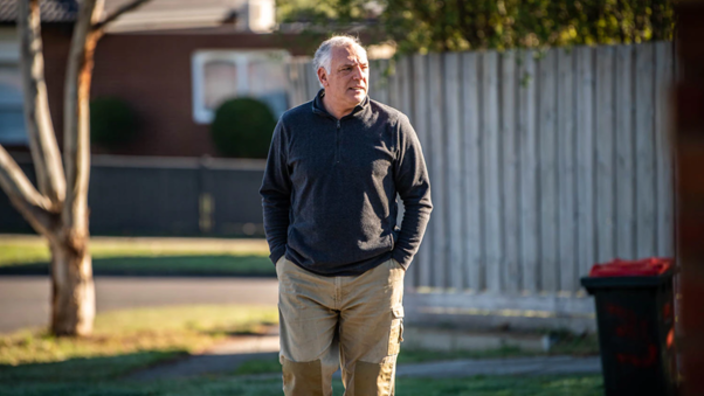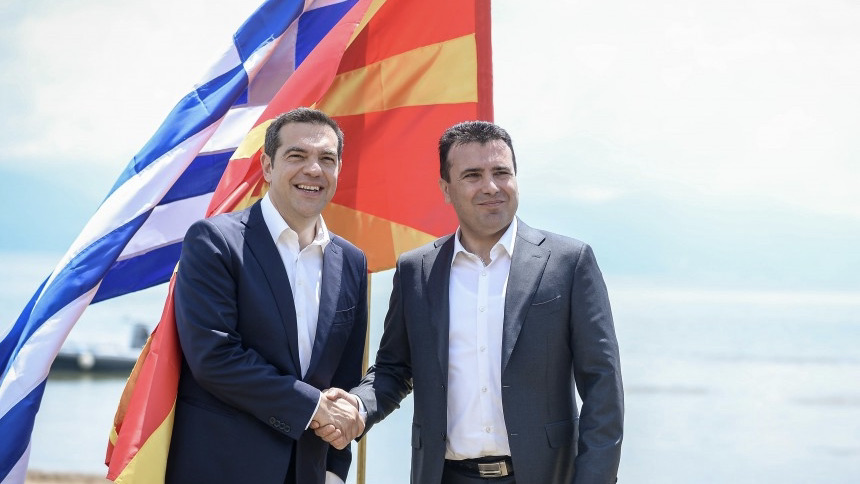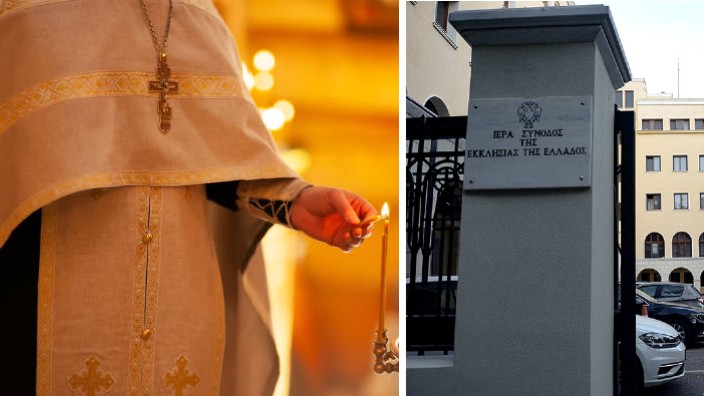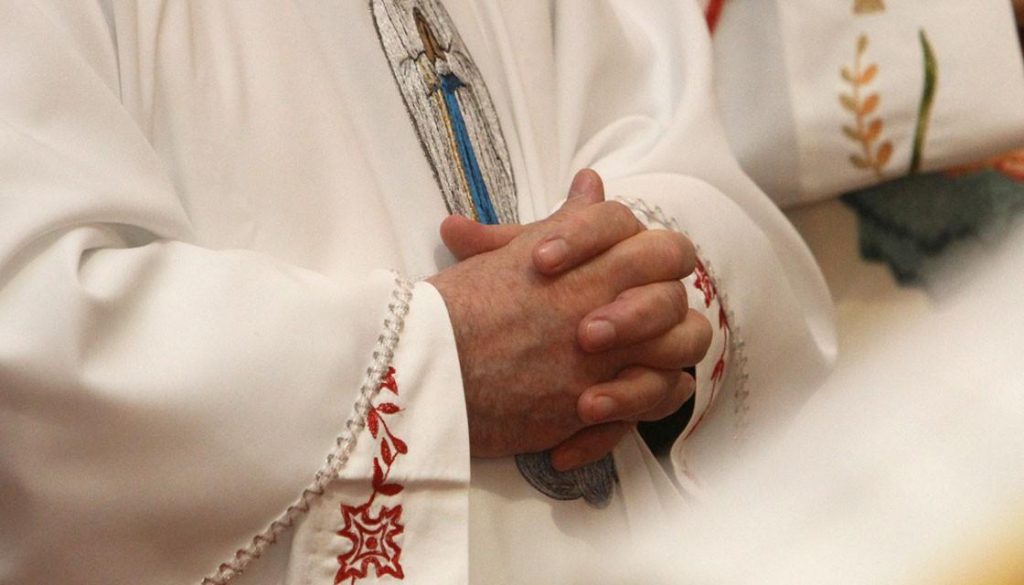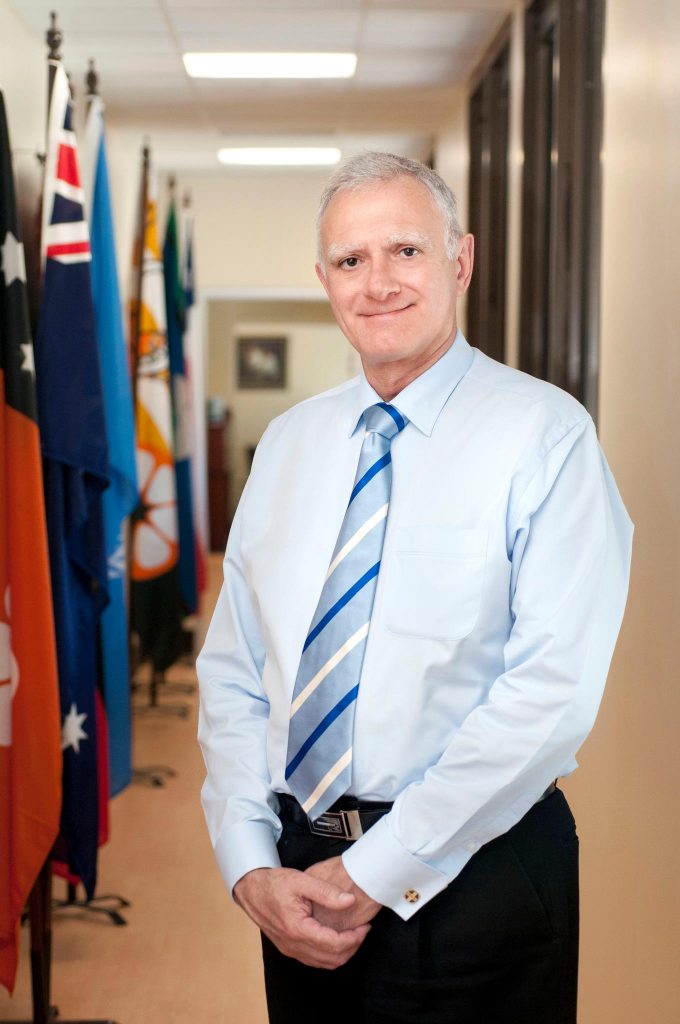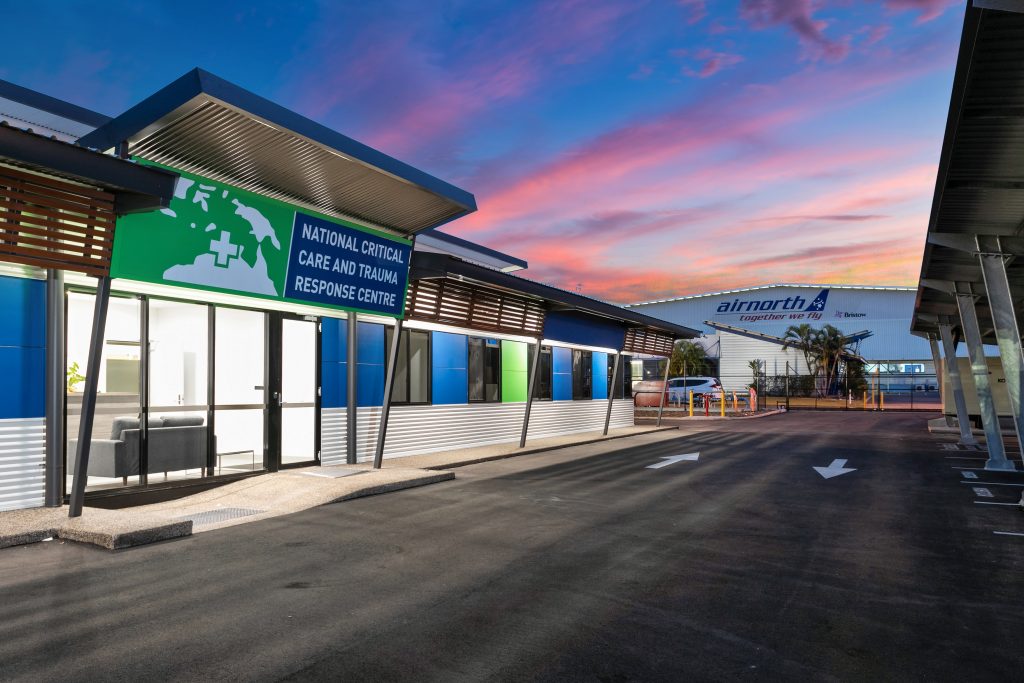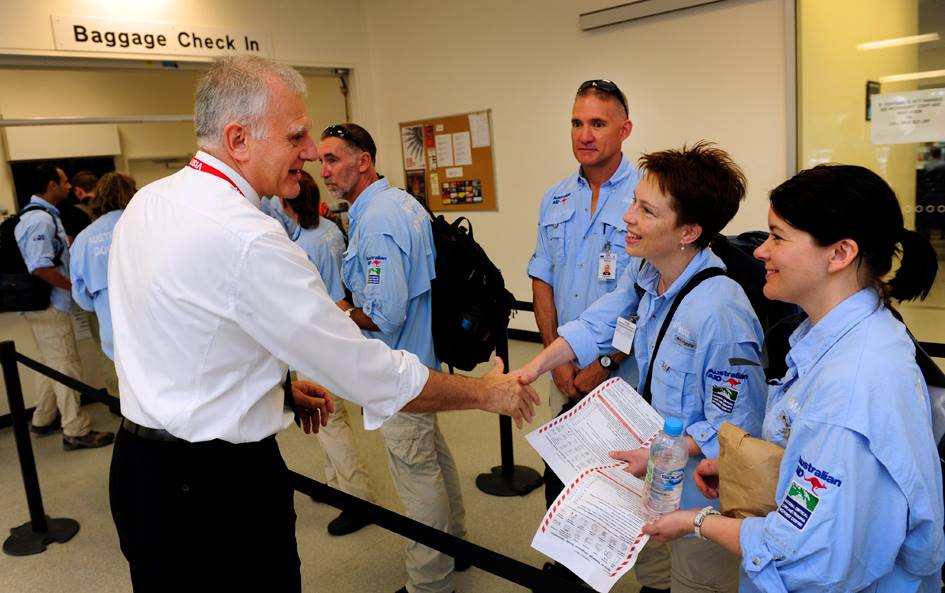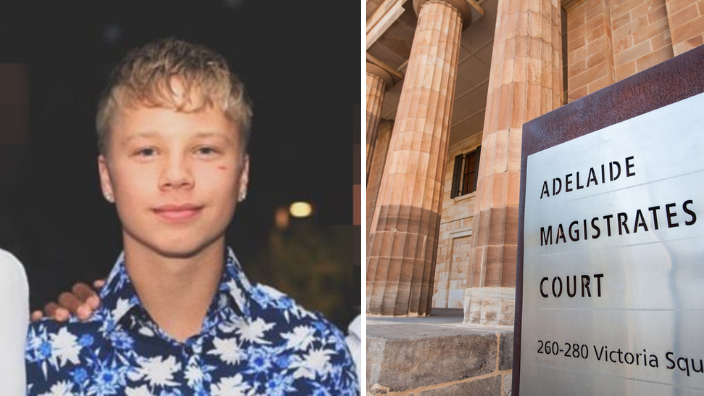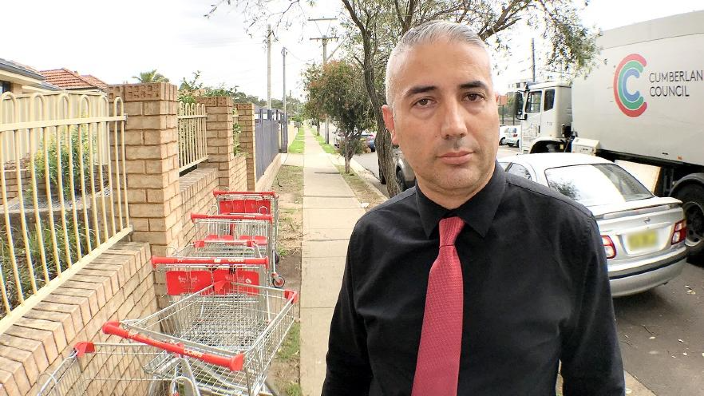Tony Papagiannopoulos moved to Australia from Greece with his mother at the age of 15 and from a very young age, it was always drummed into him to be careful with money.
Although Mr Papagiannopoulos, now 52, spoke no English when he first arrived, he eventually worked his way through an IT degree and saved scrupulously throughout his 25-year career in the private and public sectors in preparation for his retirement.
But according to an exclusive report by ABC News, in March this year, Mr Papagiannopoulos started looking to move $200,000 of his retirement savings from an investment that wasn’t doing very well.
He was recommended by a couple of accountants to either “go to shares” if he wanted to take a bigger risk, or “go to bonds, which is somewhere in the middle.”
Mr Papagiannopoulos decided to have a look at bonds on Google and clicked on the first few that came up.

“They looked secure — the website came up professionally,” he told Amy Bainbridge and Loretta Florence from ABC News.
What happened next will shock many.
The elaborate scam:
ABC News reports that Mr Papagiannopoulos asked to get a call from someone to talk about the investment. The day after he put in his contact details, Mr Papagiannopoulos got a call from a woman called Jane Weaver from JP Morgan. She put him through to a man claiming to be her senior colleague and financial adviser, Andrew Duncan.
“[He was] very well spoken, he certainly knew his stuff,” Mr Papagiannopoulos told the media outlet.
“Me being a little bit further behind on the knowledge, I was learning a lot more as I was trying to understand exactly what he meant. I asked him to provide me with details of his proposal in writing, which he did very quickly on the same day.”
He received a prospectus via email from info@jpmorganbonds.com. The email, which had a JP Morgan email signature, included the estimated fixed rate of return.

Mr Papagiannopoulos spent a few days mulling over the offer. He also did his due diligence and decided to look up JP Morgan’s phone number online to make sure the firm really did have a retail investment division. Whilst there was a bit of confusion with numbers, he eventually got through to Mr Duncan and decided to invest.
″I was very sure I was speaking to JP Morgan at the time, simple. Otherwise I wouldn’t have gone any further,” he told ABC News.
On March 25, a week after receiving the prospectus, he transferred the first instalment of $100,000 to a Westpac account. Five days later, he sent through another $100,000.
Hours later, the elaborate scam came undone when Mr Papagiannopoulos’ wife received a call with a ‘scam warning’ and the person on the other end of the line introduced herself as “Jane Weaver from JP Morgan,” ABC News reports.
After googling the number, Mr Papagiannopoulos found complaints stemming back to 2016 identifying the number as one used by scammers.

Recovering his money:
In a statement to ABC News, JP Morgan said Mr Papagiannopoulos had been targeted by a “sophisticated scam” and encouraged investors to remain vigilant, conduct due diligence and to seek independent financial advice before investing.
Meanwhile, Mr Papagiannopoulos had immediately set about getting his money back. In April, Citi bank managed to recover $114,000 of the $200,000, and returned it to Mr Papagiannopoulos two weeks after the scam.
After speaking to the ABC and lodging his case with the Australian Financial Complaints Authority (AFCA), Westpac got in touch with Mr Papagiannopoulos at the beginning of June. Westpac told him it had recovered another $84,000 on May 27.
“I should have known better,” Mr Papagiannopoulos said. “I let my family down. That’s where I’m punishing myself daily.”

